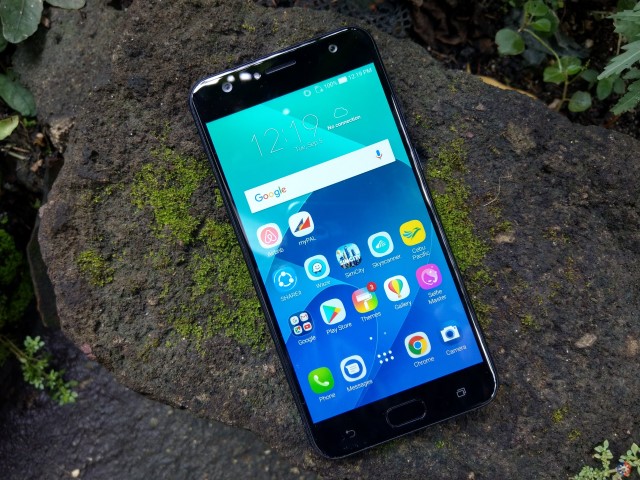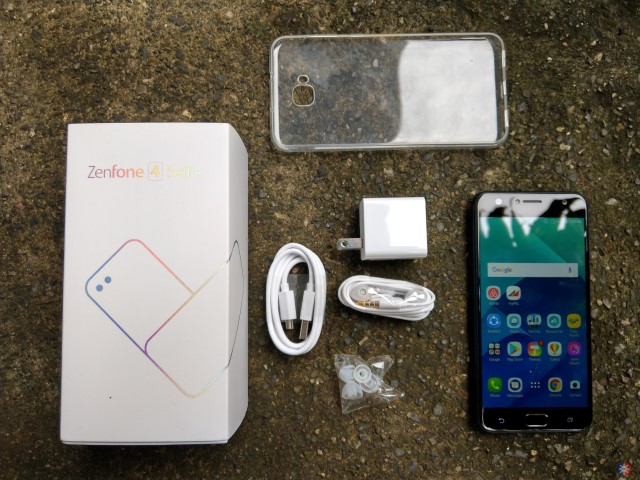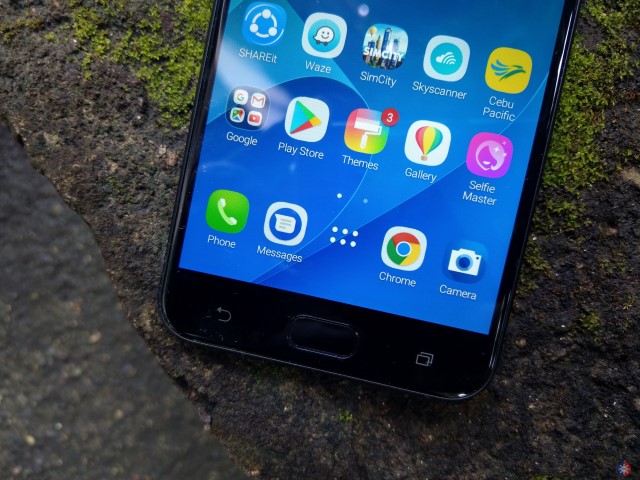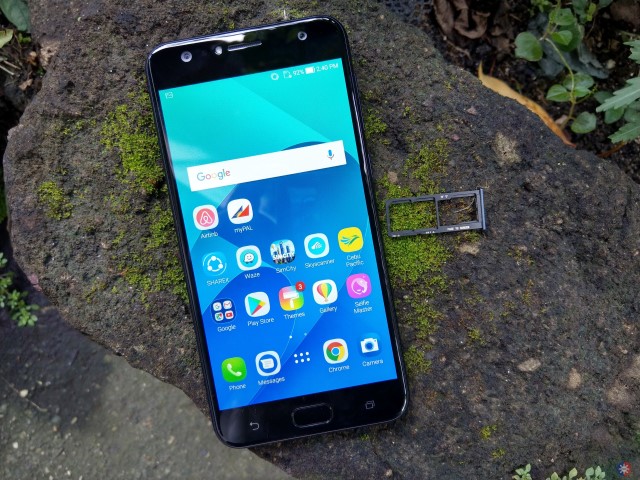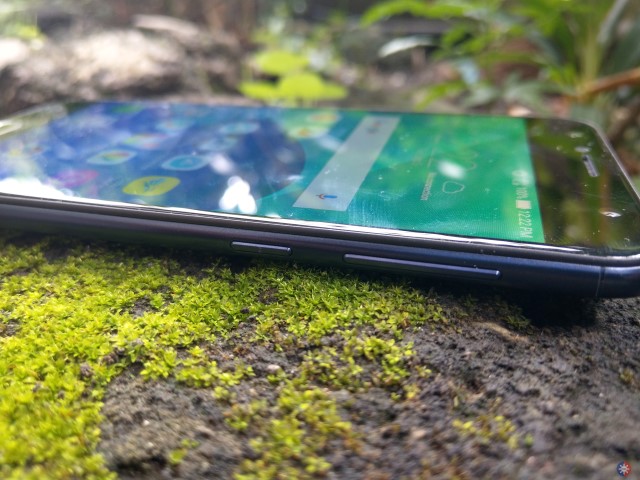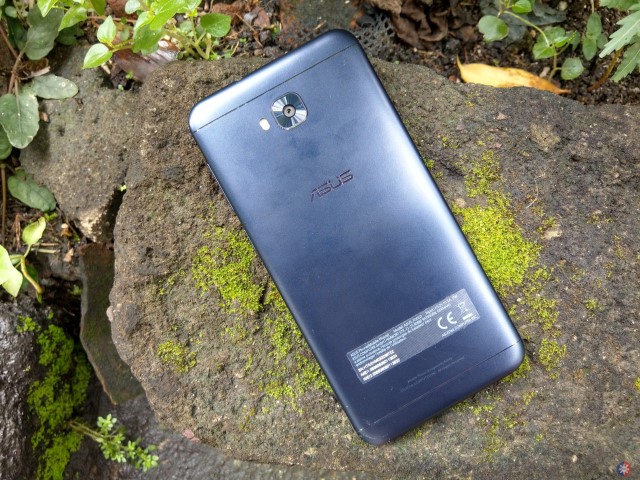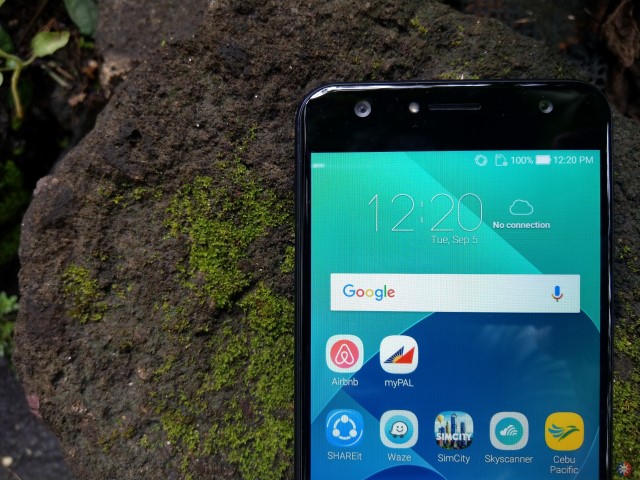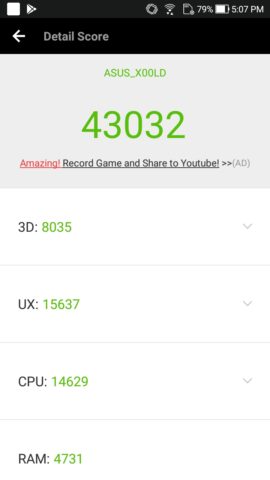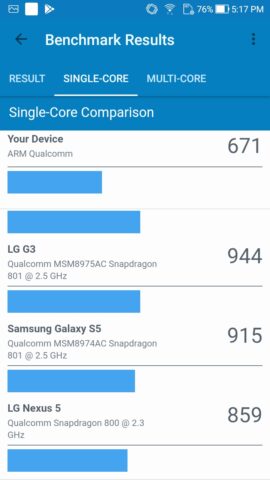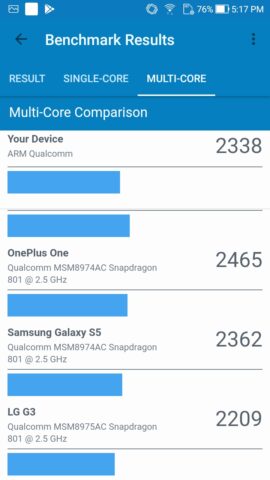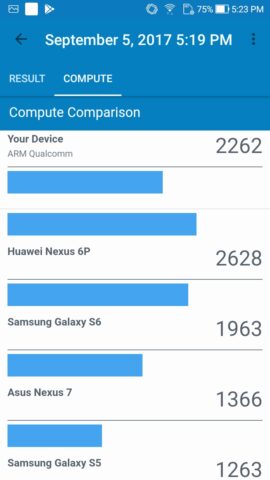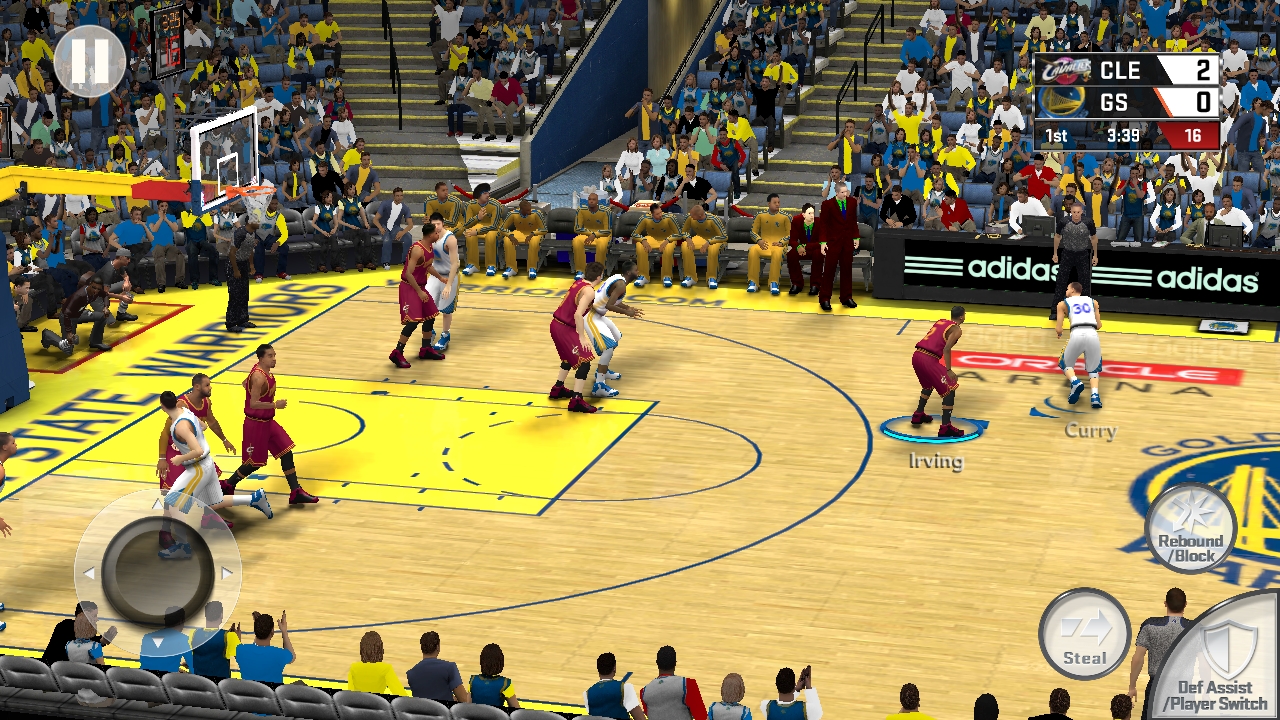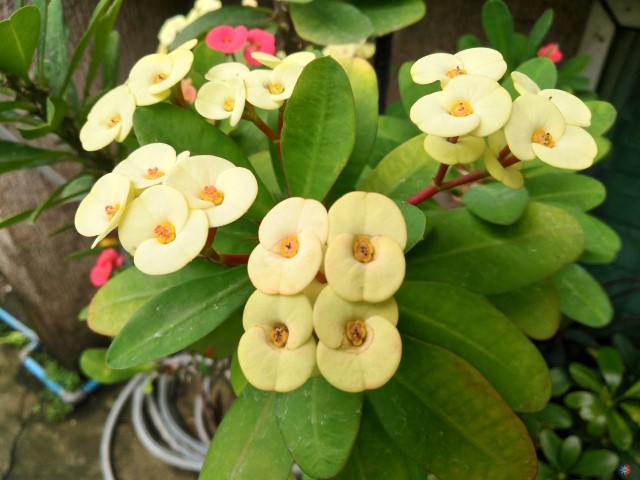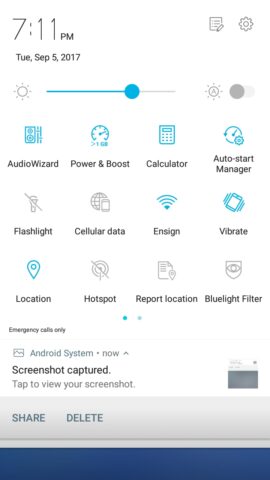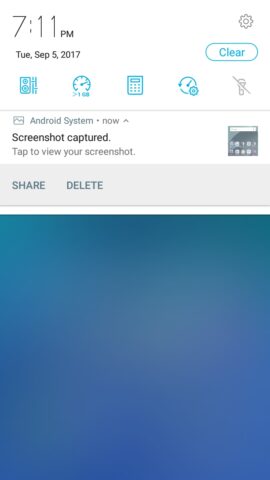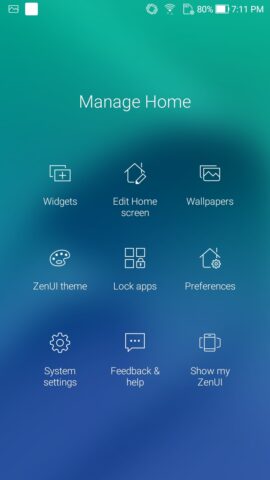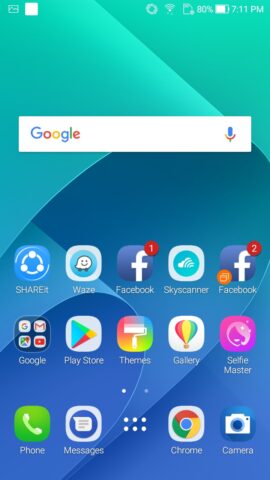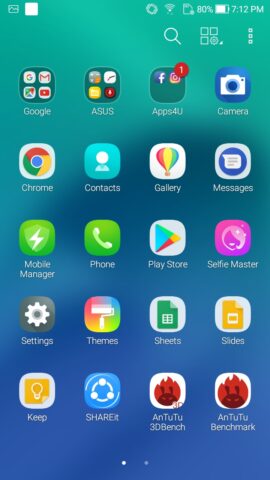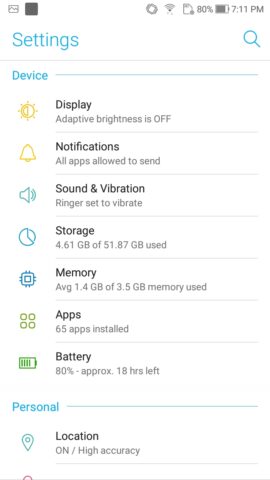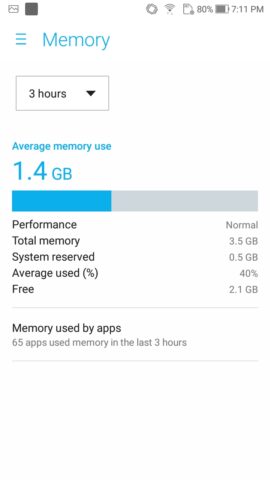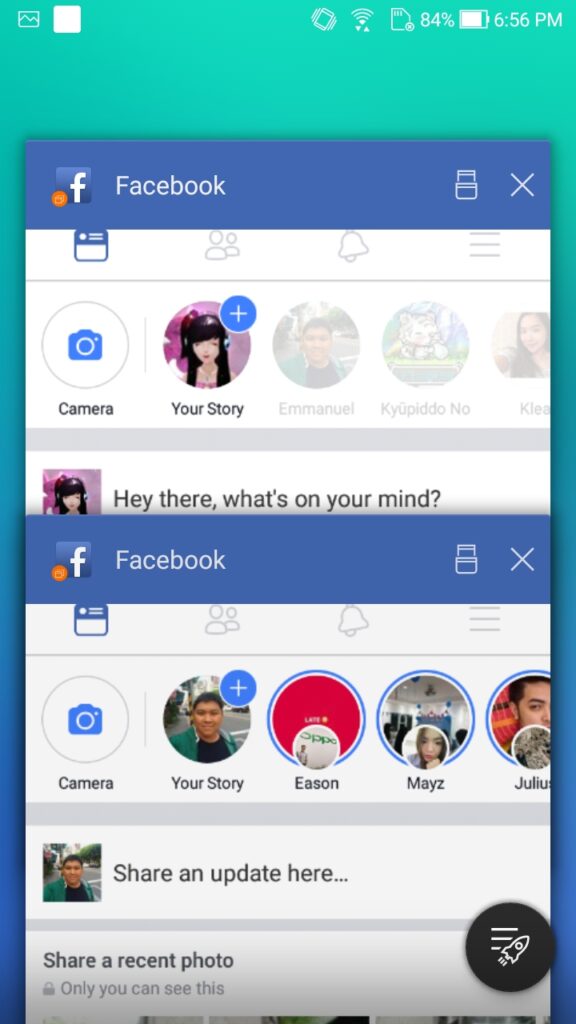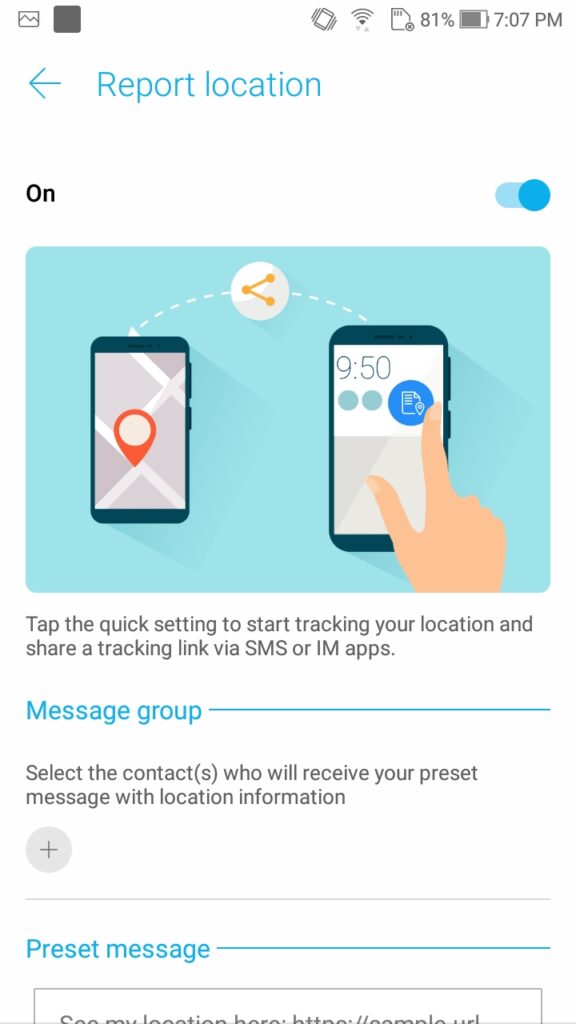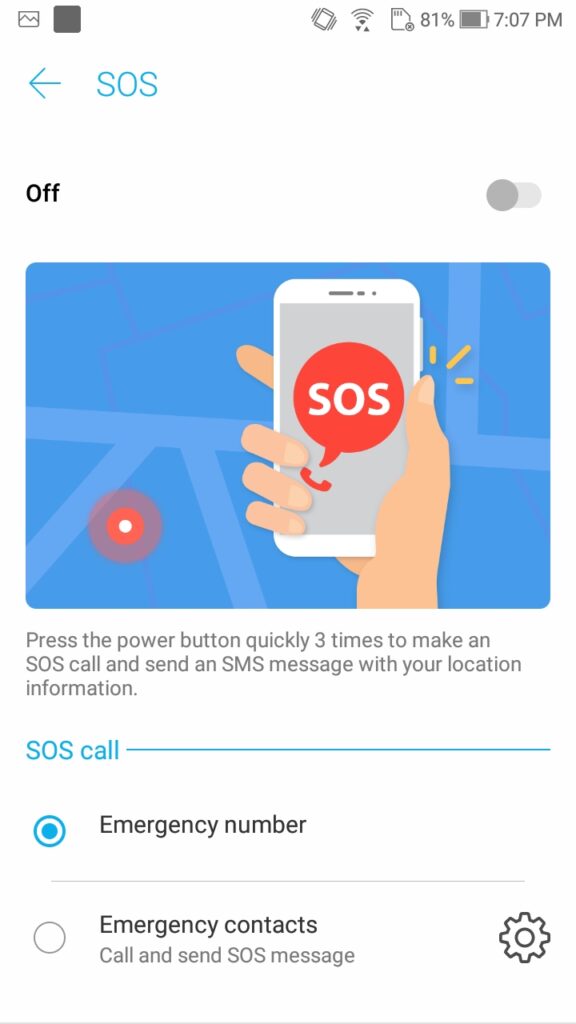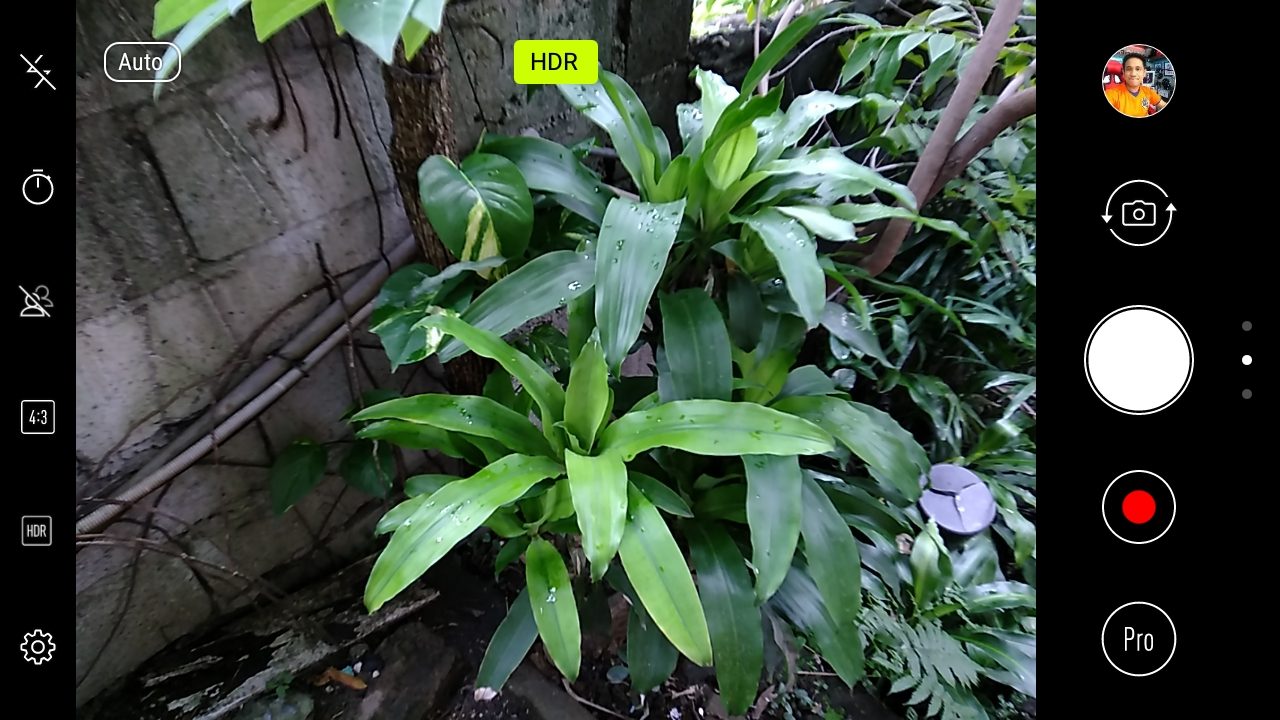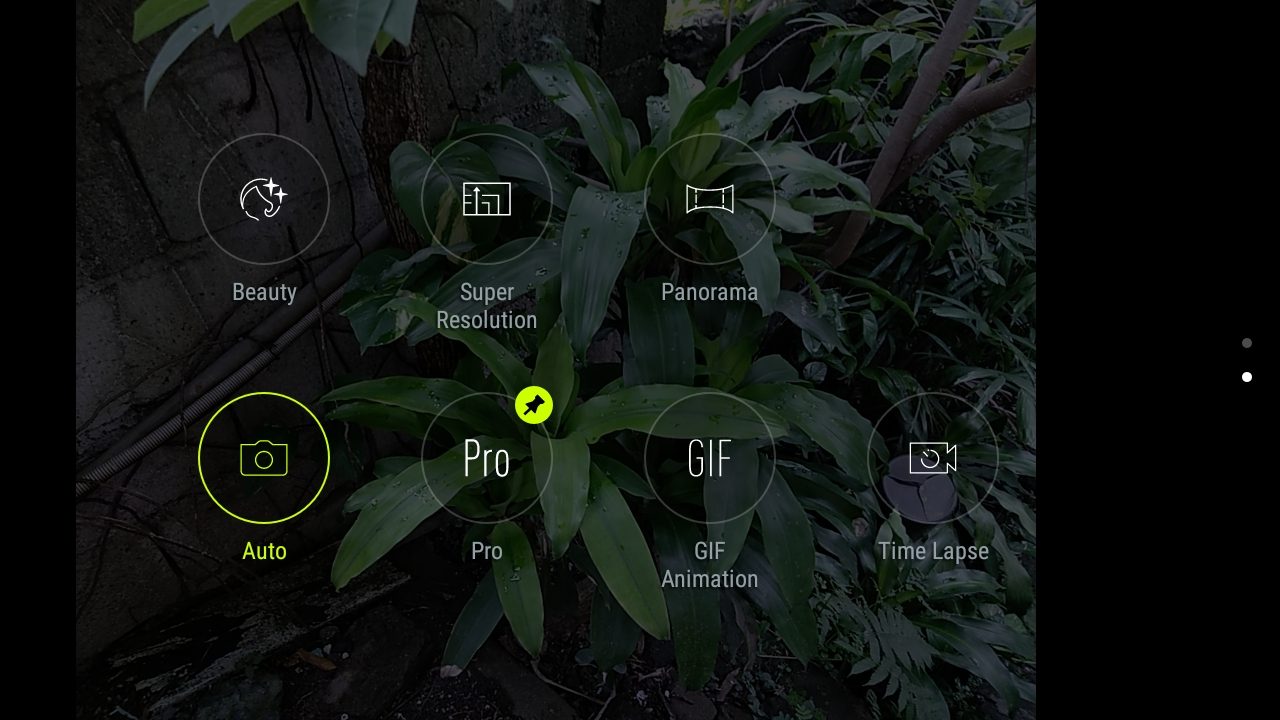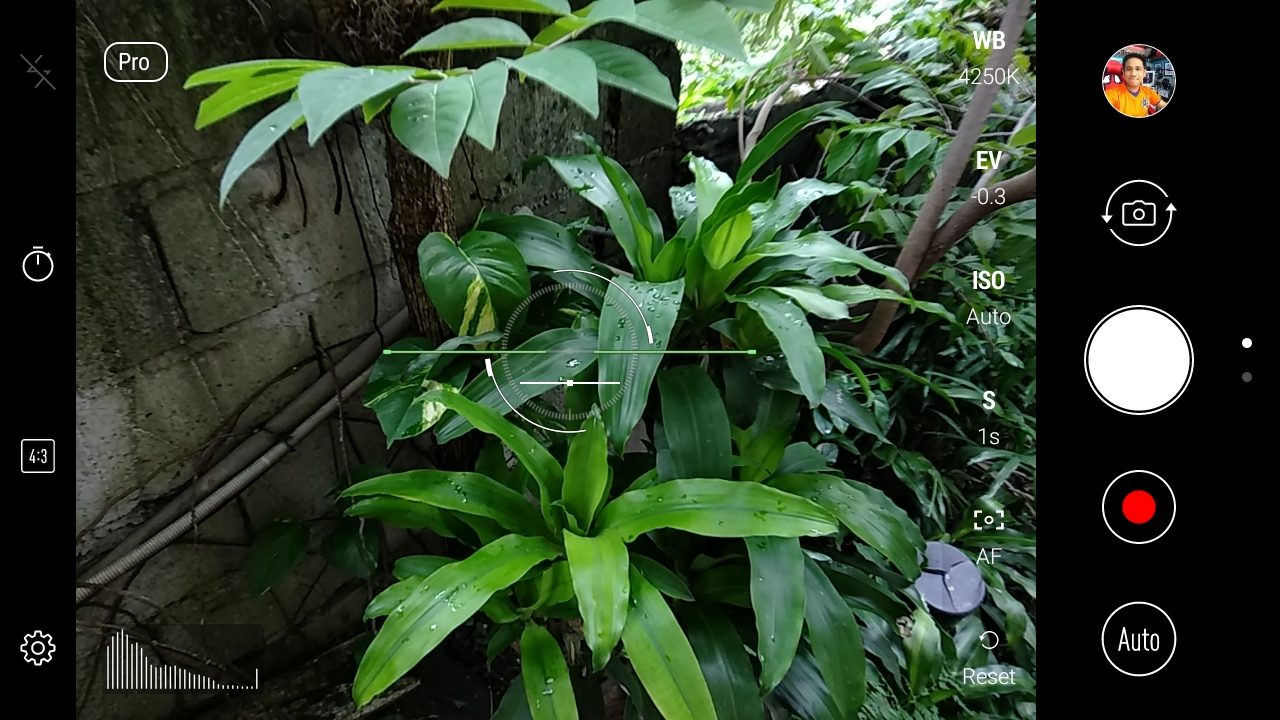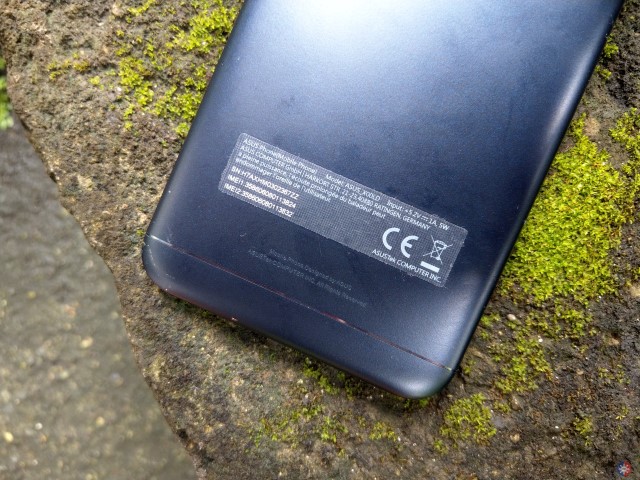The return of ASUS’ very own selfie-centric handset was quite a surprise, given that there was no follow up to the first Zenfone Selfie, which was a rare gem according to some.
Now, we have the ASUS Zenfone 4 Selfie, now equipped with dual front cameras, an octa-core processor, and the new ZenUI 4.0. A well-thought out return? or a case of too late? let’s find out in this full review.
ASUS Zenfone 4 Selfie Specs
- 1.4GHz Qualcomm Snapdragon 430 Octa-Core Processor
- 4GB of RAM, 64GB of internal storage expandable via microSD card (up to 2TB)
- 5.5-inch HD IPS Display
- 16MP rear camera, EIS
- Dual 20MP + 8MP (Main + 120° Wide Angle) front cameras, SelfieMaster App, Softlight LED
- Triple Slot Tray (2 SIM Cards + microSD Card)
- Fingerprint Sensor
- ZenUI 4.0 on top of Android 7.1.1 Nougat
- 3000mAh battery
Package Contents
Design and Build Quality
The Zenfone 4 Selfie is an extremely elegant looking device with its soft curves, and a slim form factor. It’s very light, which goes well with one-handed use, but also takes a bit of the premium feel away. The 2.5D glass also adds to its overall beauty.
Like the Zenfone 4 Max, the fingerprint sensor is now embedded is now embedded in the Home button, which is a fixed mechanism.
The camera module at the back slightly protrudes. Not exactly an issue when using a case, but those who don’t may have to be a bit more careful when placing it flat on a table.
The 5.5-inch HD display is covered with 2.5D glass, and exhibits great clarity and rich colors. It also blends well with the new ZenUI 4.0, which leans more on the minimalist side. Regardless, a bump to Full HD would’ve been nice.
Performance
No doubt, the Snapdragon 430 is a very capable processor, but as with the Max, it might easily get left behind as newer devices come in. There’s also 4GB of RAM, which is about enough for multi-tasking, and a generous 64GB of built-in storage.
Gaming performance is as expected. Even with a Full HD screen, NBA 2K17 still ran well on High settings, but you’ll get a more immersive experience if you turn it down to medium or low.
Camera
The Zenfone 4 Selfie sports a dual front camera system composed of a 20MP RGB sensor plus a secondary 8MP sensor with a 120° wide angle lens.
What it means is that you’ll be able to include more subjects in a single shot, or perhaps, it’s also useful if you want to cover more of the scenic background for your selfies.
Overall quality is decent. Color Accuracy is on point, details are there, and sharpness is just right. There are still times when shots come out slightly blurry, even when the camera is properly focused.
The front camera can also produce the depth of field effect, which unfortunately, doesn’t appear to be refined, as there’s evident pixelation, and some parts that weren’t supposed to be blurred are blurred, and vice-versa.
As for the 16MP rear camera, stills showcased great detail and clarity, as can be seen in the samples.
Software
The Zenfone 4 Selfie comes with ZenUI 4.0 installed, which promises to be lighter than its predecessor, and with less bloatware. The overall look has changed quite a bit, noticeably from the typography to more simplistic menus and icons.
ASUS’ latest take on android doesn’t really shy away much from its predecessor in terms of operation and features. You can still swipe up from the homescreen to bring out the ZenUI options, and you still get the nifty double tap to sleep and wake.
In terms of overall performance, the new UI seems to be just as smooth if not slightly more fluid than the previous version. We’ll probably have to use this device for a longer time to see the difference, but I can at least tell that it indeed places less burden on the hardware.
One of the new features is called Twin Apps, which basically lets you login to two different accounts with one social media app. Pretty handy if for instance, you want to keep track of both your personal and work accounts on the same device.
Also present is ASUS’ Selfie Master App, which basically consolidates all selfie related apps and features at your convenience. You can apply beautification effects while livestreaming, and recording a video. It even lets you create collages and slideshows.
Finally, there’s ZenUI Safeguard, which gives you the option of sending SOS Messages, and broadcasting your location to select contacts during an emergency. Again, another nice to have. You’ll never know when you’ll need it.
The Zenfone 4 Selfie runs on Android 7.1.1 Nougat, and is expected to receive an update to Android O in 2018.
Battery
Using a test of playing a video on loop at 50% brightness and 80% volume, the Zenfone 4 Selfie’s 3000mAh battery managed to yield an astonishing 9 to 10 hours of up time in a single charge.
Of course, that may vary with usage, but you can be sure that you won’t have to charge it every so often. Charging from zero to full takes around 3 hours, quite a wait.
Verdict
The ASUS Zenfone 4 Selfie is a good attempt at a refresh to its predecessor. It’s a blend of a classy and elegant looking device, a display that oozes with vibrancy, and the new ZenUI 4.0 that’s more minimalistic, and offers new useful features.
Unfortunately, that’s where the good things end. The dual front cam system, which should be the key selling point, works great, but is in need of work on its implementation of the depth of field effect. Another thing is that it runs on a processor that’s already outdated and might be easily left in the dust by newer devices.
If you don’t mind all of these shortcomings, then I’ll still say that for its PhP13,995 price tag, the Zenfone 4 Selfie is still quite a device, and a decent choice for selfie-lovers.
The Good
- Slim Design
- Vibrant Display
- Gaming Performance
- Excellent Battery Life
- ZenUI 4.0
- Triple Slot Tray
The Not So Good
- Depth of Field effect looks unrefined
- Takes quite some time to charge
- Outdated Processor
Emman has been writing technical and feature articles since 2010. Prior to this, he became one of the instructors at Asia Pacific College in 2008, and eventually landed a job as Business Analyst and Technical Writer at Integrated Open Source Solutions for almost 3 years.

